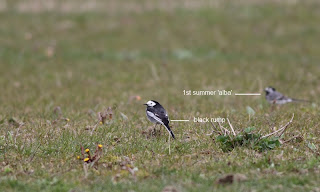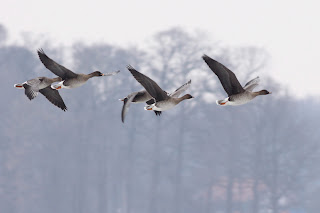There are the beauties and the trickies of Caspian Gulls (Larus c. cachinnans). The beauties are that which are easily found by there typical bills and white heads. The trickies may have some influence from the Polish hybridzone from where we see a lot of birds in the Netherlands. Mostly unringed birds. Some pictures of first calendar-year CG's in autumn.
First calendar-year (aug-dec)
 |
| 13/11/2012 - Dordrecht - the beauty. Compare the pattern of the greater coverts with the bird above. This is how clear we want to get it. |
2.jpg) |
| 13/12/2012 - Utrecht - To finish with a very beauty: this one looks great in every way. |
Want some more footage? Read the articles of Chris Gibbins on this topic.
Typical Caspian - British Birds
About hybrids - British Birds

3.jpg)






















































